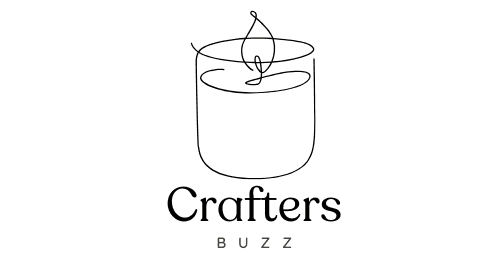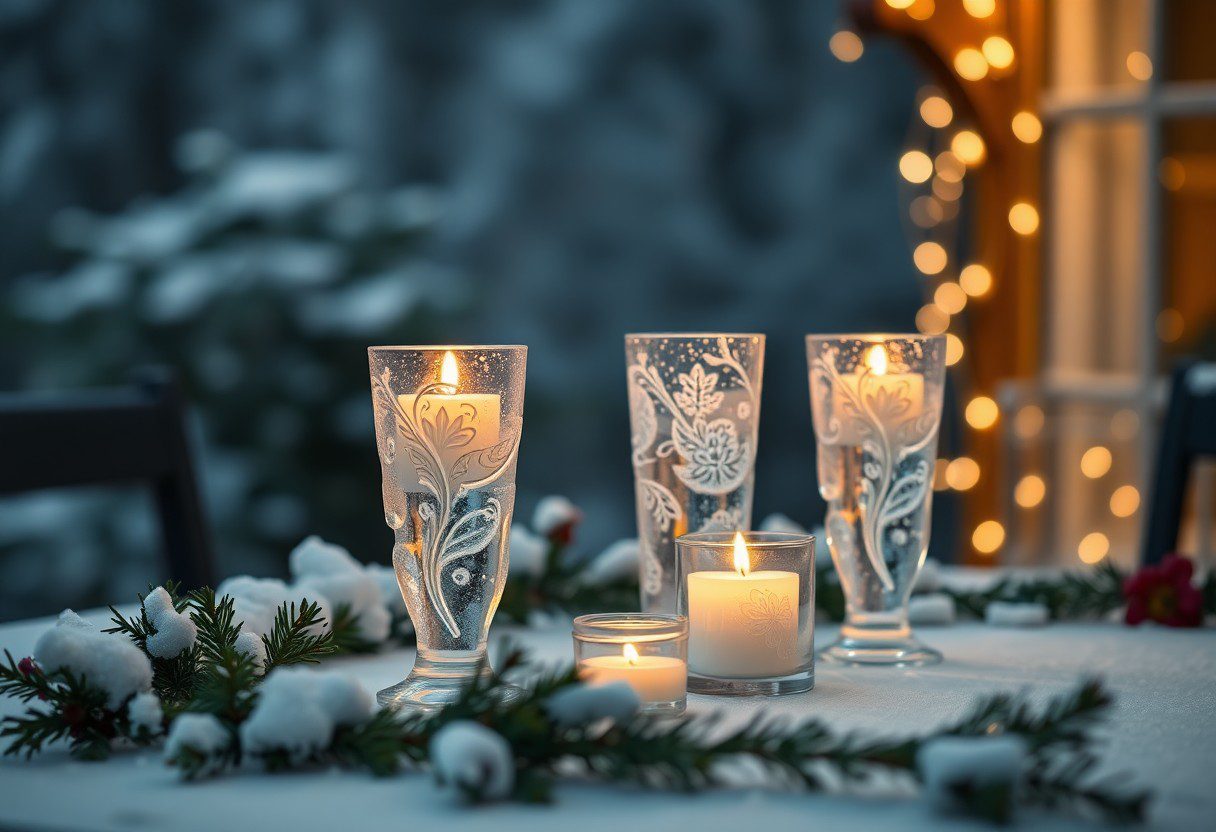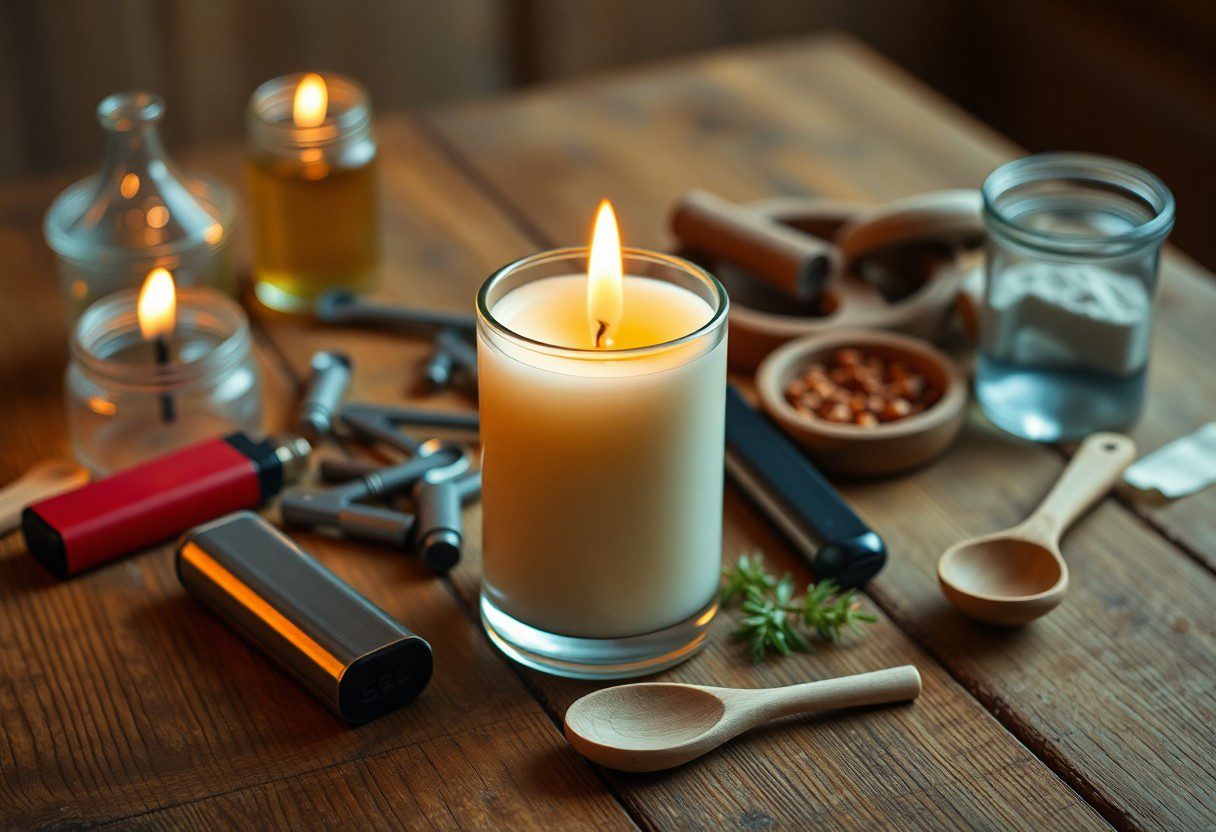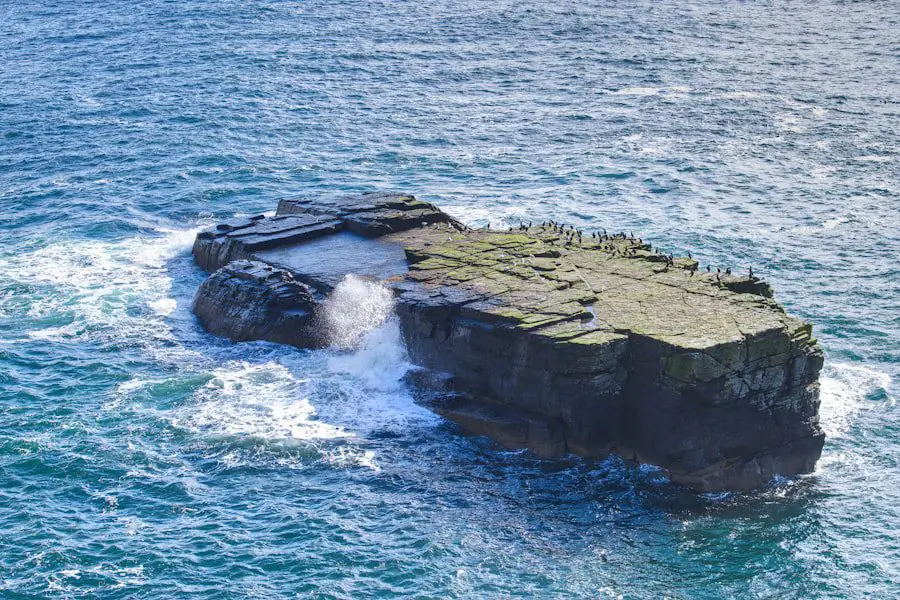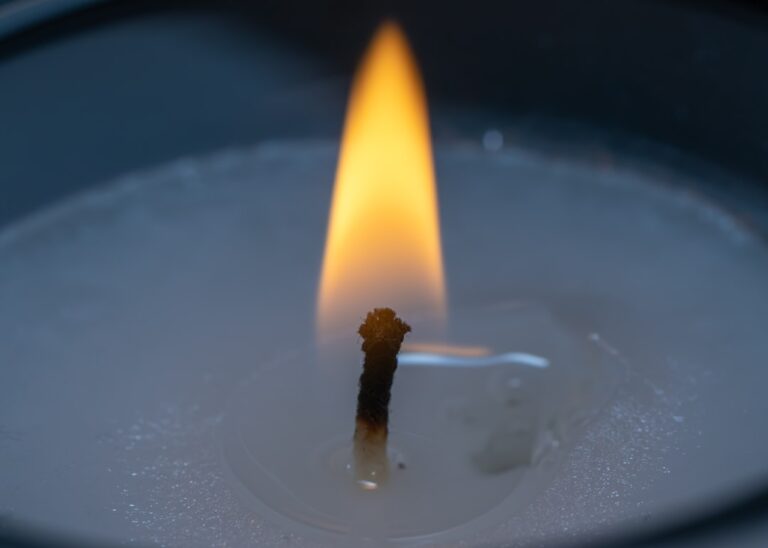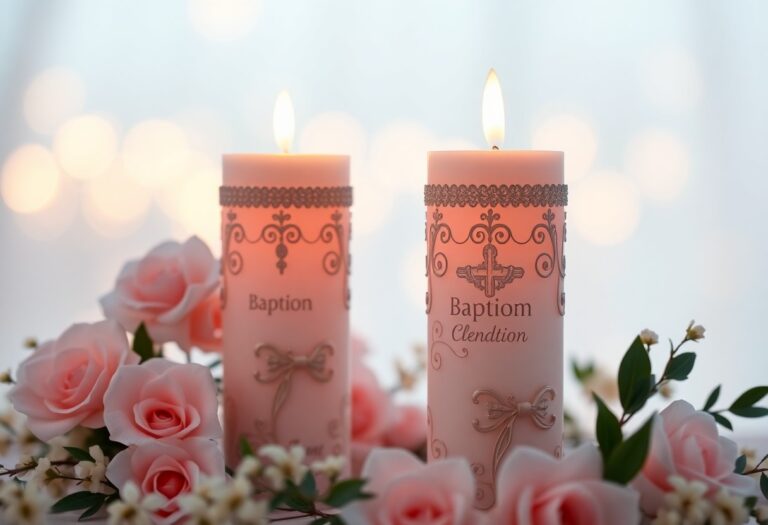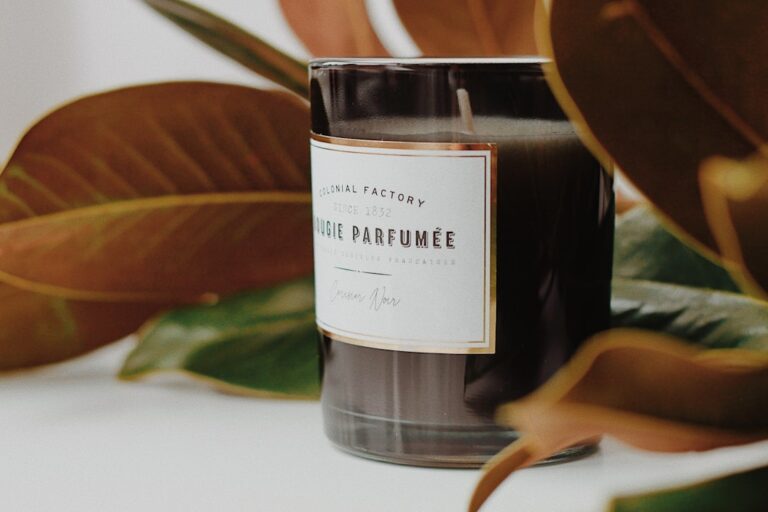How wick choice affects burn time and how to select the best wick for the job.
Wick materials play a crucial role in the overall performance of a candle, influencing not only the burn time but also the quality of the flame and the scent throw. The most common wick materials include cotton, wood, and synthetic fibers, each offering distinct characteristics that can affect how a candle burns. Cotton wicks, for instance, are widely favored for their ability to produce a steady flame and even burn.
They are often braided or twisted to enhance their structural integrity and improve their burning efficiency. The fibers in cotton wicks absorb the wax, allowing for a consistent fuel supply to the flame, which is essential for achieving an optimal burn time. Wooden wicks, on the other hand, have gained popularity for their unique aesthetic appeal and crackling sound when lit.
They tend to burn hotter than cotton wicks, which can lead to a faster melt pool and potentially shorter burn times if not properly matched with the candle’s formulation. The type of wood used—such as cherry, maple, or birch—can also influence the burn characteristics. Synthetic wicks, often made from materials like nylon or polyester, are engineered for specific applications and can provide unique benefits such as enhanced durability or resistance to bending.
Understanding these materials is essential for candle makers who wish to optimize their products for both performance and aesthetic appeal.
Factors to Consider When Selecting the Right Wick for Your Candle
When selecting a wick for candle making, several factors must be taken into account to ensure that the final product meets desired performance standards. One of the primary considerations is the type of wax being used. Different waxes have varying melting points and viscosities, which can significantly impact how a wick performs.
For example, paraffin wax has a lower melting point compared to soy wax, which is denser and requires a wick that can generate more heat to create an adequate melt pool. Therefore, understanding the compatibility between the wick material and the wax type is essential for achieving optimal burn characteristics. Another critical factor is the fragrance load of the candle.
High fragrance concentrations can affect how a wick burns; too much fragrance oil can lead to poor combustion and soot production if the wick is not appropriately sized or designed. Additionally, the diameter of the candle plays a significant role in wick selection. A larger diameter requires a thicker wick to ensure that enough wax is melted to sustain the flame, while smaller candles may need finer wicks to prevent excessive soot or tunneling.
By carefully considering these factors, candle makers can select wicks that will enhance their candles’ performance and longevity.
The Importance of Wick Size in Relation to Candle Diameter
Wick size is intrinsically linked to the diameter of the candle, as it directly influences how well the wick can draw up wax and maintain a consistent flame. A wick that is too small for a given candle diameter may struggle to create an adequate melt pool, leading to issues such as tunneling—where the wax burns down the center while leaving unburned wax around the edges. This not only wastes wax but also diminishes the overall burn time of the candle.
Conversely, a wick that is too large can produce an excessively large flame, resulting in soot production and an uneven burn. To determine the appropriate wick size, candle makers often refer to wick sizing charts provided by manufacturers, which take into account various factors such as wax type, fragrance load, and candle diameter. For instance, a 3-inch diameter candle may require a wick size that allows for a melt pool of at least half an inch deep within a specified time frame.
Testing different wick sizes in small batches can also help identify the best fit for specific formulations. By ensuring that the wick size corresponds appropriately with the candle diameter, makers can achieve a balanced burn that maximizes both performance and aesthetic appeal.
How Wick Coating and Treatment Affects Burn Time and Performance
Wick coatings and treatments are often employed to enhance the performance of wicks in various ways. Common coatings include paraffin wax, beeswax, or even specialty blends designed to improve burn characteristics. These coatings can help stabilize the wick during burning, reduce fraying, and control how quickly the wick absorbs wax.
For example, a paraffin-coated wick may burn more evenly due to its ability to maintain structural integrity under high temperatures. This can lead to a more consistent flame and improved burn time. Additionally, some wicks are treated with additives that promote better combustion or reduce soot production.
These treatments can significantly impact how well a wick performs in different types of waxes or with varying fragrance loads. For instance, wicks treated with specific chemicals may enhance their ability to draw up wax more efficiently or create a cleaner burn with less smoke. Candle makers should consider these factors when selecting wicks for their projects, as they can greatly influence both the aesthetic qualities of the candle and its overall performance.
The Role of Wick Design and Structure in Controlling Burn Time
The design and structure of a wick are pivotal in controlling burn time and overall candle performance. Wicks come in various designs—some are braided while others are twisted or flat—and each design affects how the wick draws up wax and burns. Braided wicks tend to have better capillary action due to their increased surface area, allowing them to absorb more wax quickly.
This can lead to a more robust flame and longer burn times when matched correctly with the right wax type. Flat wicks are often used in container candles because they provide stability and an even burn across the surface area of the wax pool. However, they may require careful sizing to prevent issues such as tunneling or excessive soot production.
The structure of the wick also plays a role; for instance, wicks with metal cores may provide additional support but can also affect how heat is distributed during burning. Understanding these design elements allows candle makers to tailor their wick choices based on specific goals for burn time and performance.
Tips for Testing and Choosing the Best Wick for Your Candle Making Project
Testing is an essential part of selecting the best wick for any candle-making project. One effective method is to create small test batches using different wick sizes and materials while keeping other variables constant—such as wax type and fragrance load—to isolate the effects of each wick choice. Observing how each test candle burns over time will provide valuable insights into which wick performs best under specific conditions.
Factors such as flame height, melt pool depth, and any soot production should be carefully documented during these tests. Another tip is to consider using a standardized testing method known as “wicking.” This involves burning multiple candles simultaneously under controlled conditions to compare their performance side by side. By measuring variables like burn time and melt pool size at regular intervals, candle makers can gather quantitative data that will inform their final decisions on wick selection.
Additionally, seeking feedback from others who have tested similar formulations can provide further insights into effective wick choices.
Common Wick Selection Mistakes to Avoid for Optimal Burn Time
Candle makers often encounter pitfalls when selecting wicks that can compromise burn time and overall performance. One common mistake is failing to account for changes in wax formulation or additives that may alter how a wick performs. For instance, introducing new fragrance oils or colorants can affect viscosity and combustion properties; thus, it’s crucial to retest wicks whenever adjustments are made to the formulation.
Another frequent error is neglecting to consider environmental factors such as drafty areas or humidity levels where candles will be burned. These conditions can significantly impact how well a wick performs; for example, drafts can cause uneven burning or excessive flickering in flames. Additionally, many makers underestimate the importance of proper wick sizing relative to candle diameter—using a wick that is too small can lead to poor performance while one that is too large may produce excessive soot or an unstable flame.
How to Troubleshoot Burn Time Issues and Make Adjustments to Wick Selection
When faced with burn time issues in candles, troubleshooting requires a systematic approach to identify potential causes and make necessary adjustments. If a candle burns too quickly or produces excessive soot, it may indicate that the wick is too large for its diameter or that it is not compatible with the wax type being used. In such cases, switching to a smaller wick size or experimenting with different materials may yield better results.
Conversely, if tunneling occurs or if there is insufficient melt pool formation, it may be necessary to increase the wick size or change its design altogether. Additionally, examining other factors such as fragrance load and environmental conditions can provide insights into why certain candles do not perform as expected. Keeping detailed records of each test batch will aid in identifying patterns over time and refining future selections based on empirical evidence rather than guesswork.
By understanding these various aspects of wick selection—from material types and sizes to coatings and designs—candle makers can significantly enhance their products’ performance while achieving desired aesthetic qualities. Each element plays an integral role in determining how well a candle burns over time, making it essential for creators to approach this aspect of candle making with careful consideration and thorough testing.
If you’re interested in learning more about candle making, you may also want to check out this article on DIY Candle Melts: A Beginner’s Fragrance Guide. It provides helpful tips and information on creating your own scented candle melts. Understanding the different types of wicks and how they affect burn time is crucial in candle making, as discussed in the article on how wick choice affects burn time and how to select the best wick for the job. Additionally, if you’re curious about the history of candle making materials, you can read about the differences between beeswax and tallow candles in the article on Beeswax vs. Tallow: Candle Types in History.
FAQs
What is the importance of wick choice in determining burn time?
The choice of wick plays a crucial role in determining the burn time of a candle. The size, material, and construction of the wick can all impact how quickly the wax is consumed and how long the candle will burn.
How does wick size affect burn time?
The size of the wick directly affects the burn time of a candle. A larger wick will produce a larger flame, consuming more wax and resulting in a shorter burn time. Conversely, a smaller wick will produce a smaller flame, consuming less wax and leading to a longer burn time.
What are the different types of wick materials and how do they affect burn time?
Wicks can be made from various materials such as cotton, wood, or metal. Cotton wicks are the most common and are known for their clean and consistent burn. Wood wicks offer a unique crackling sound and longer burn time. Metal wicks are often used in outdoor candles and can withstand windy conditions. Each material has its own burn characteristics that can affect the overall burn time of the candle.
How can I select the best wick for my candle-making project?
When selecting a wick for a candle-making project, it is important to consider the type and size of the container, the type of wax being used, and the desired burn time. Conducting burn tests with different wick sizes and materials can help determine the best wick for the job. Additionally, consulting with experienced candle makers or suppliers can provide valuable insights into selecting the right wick for a specific project.
